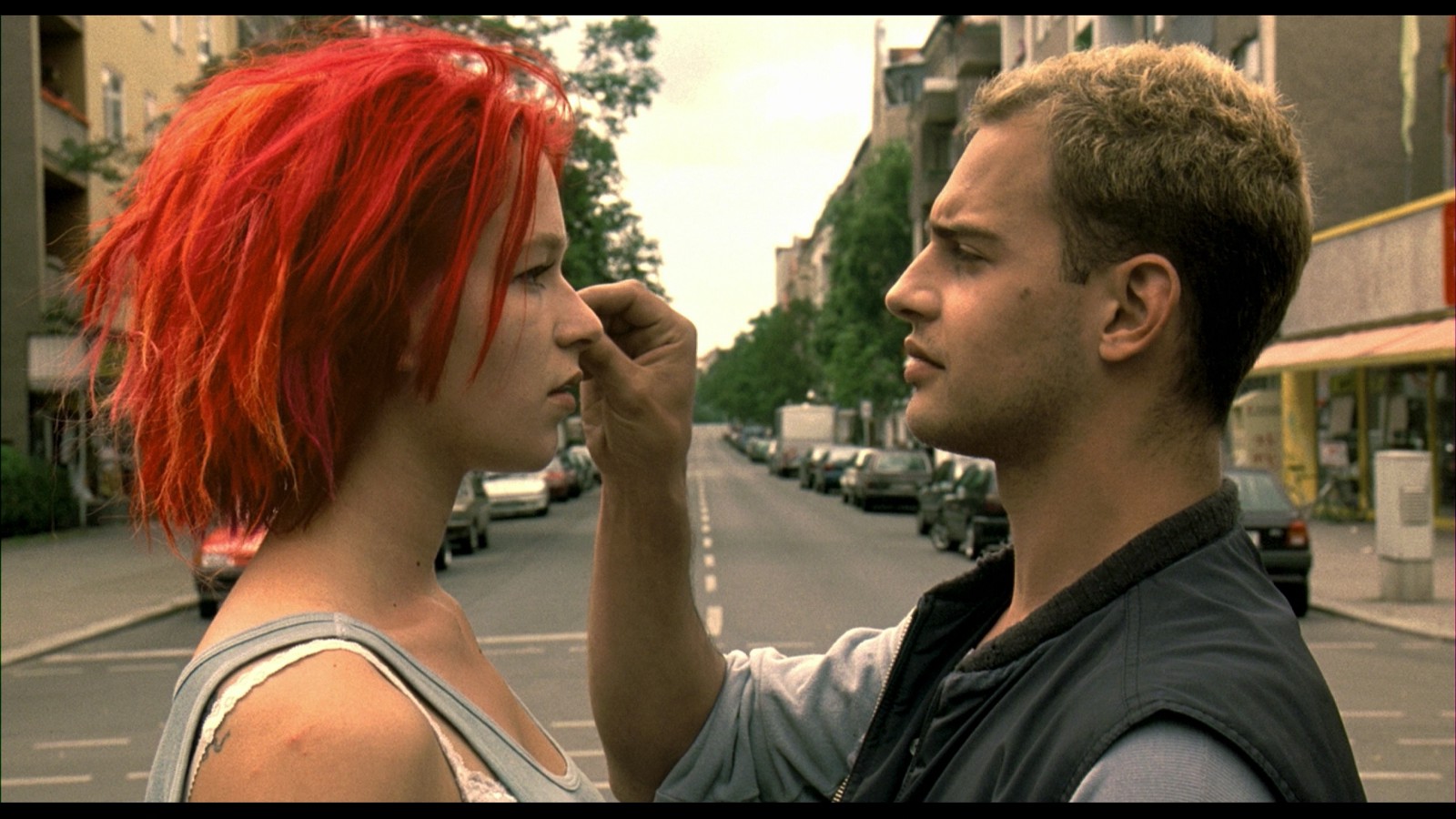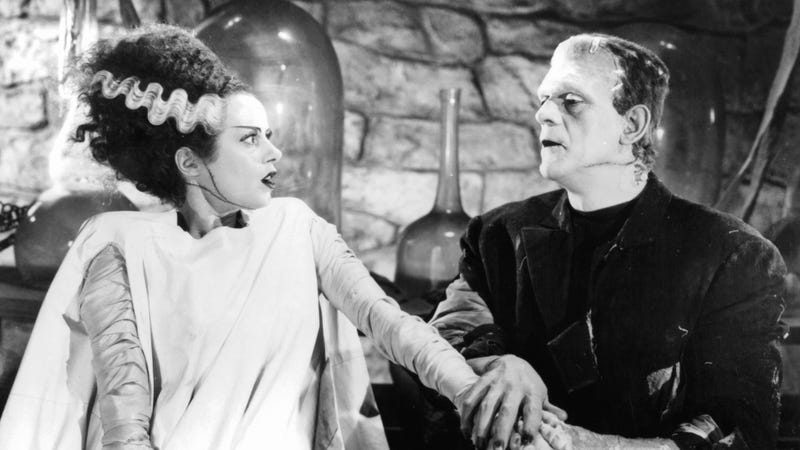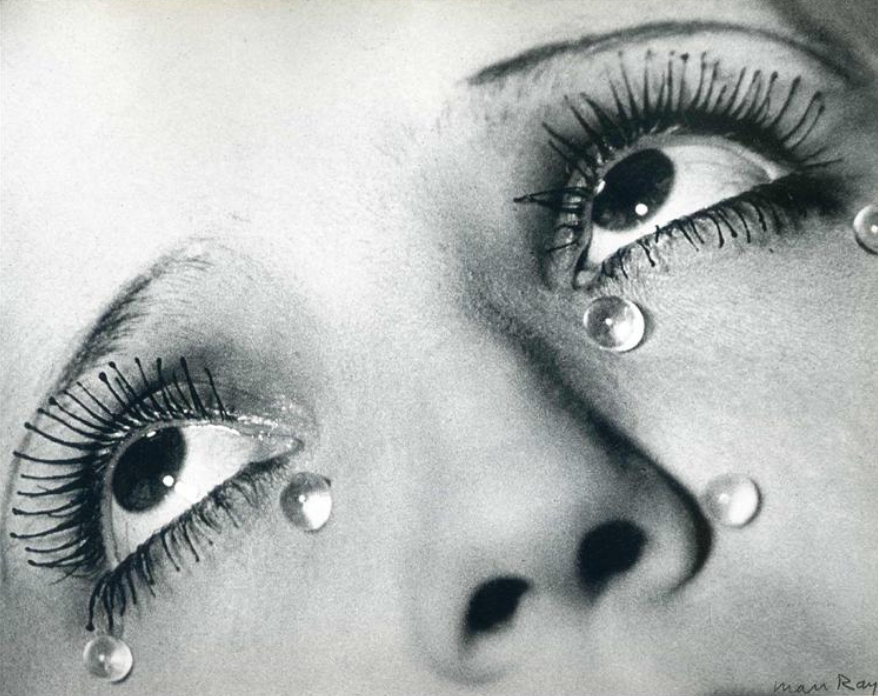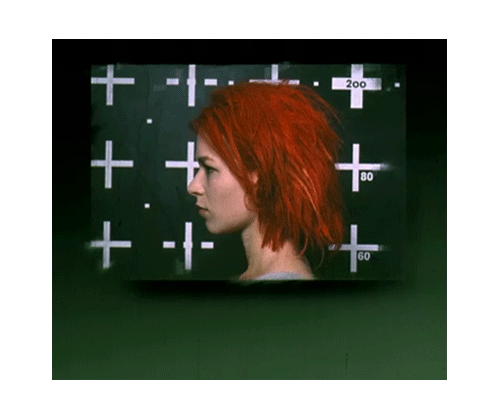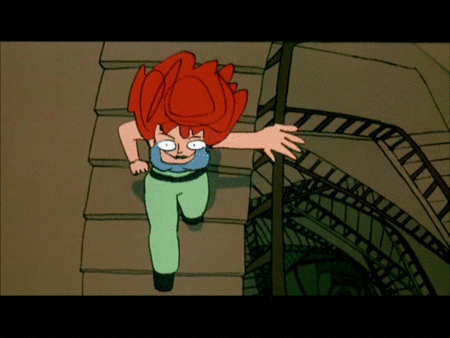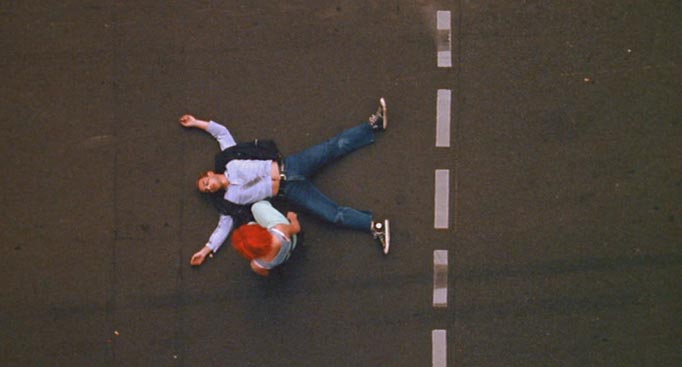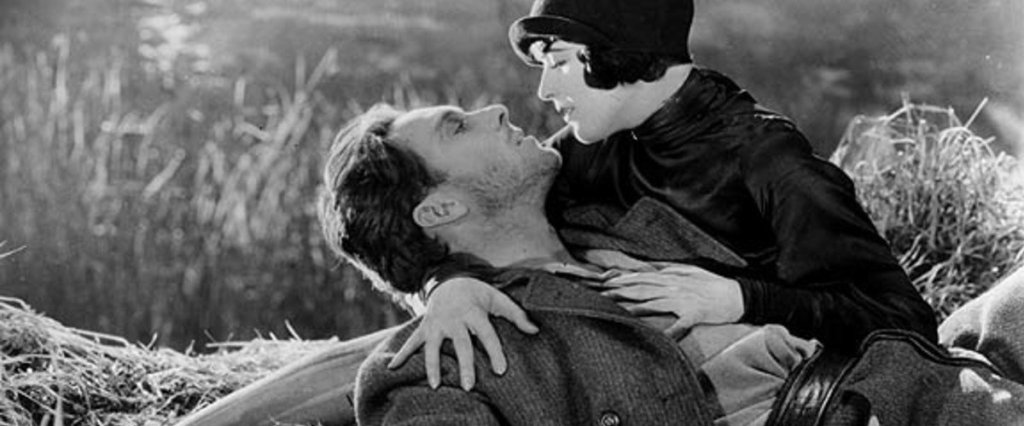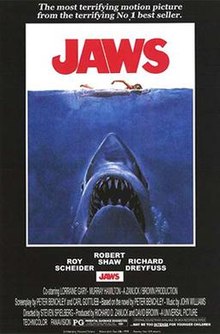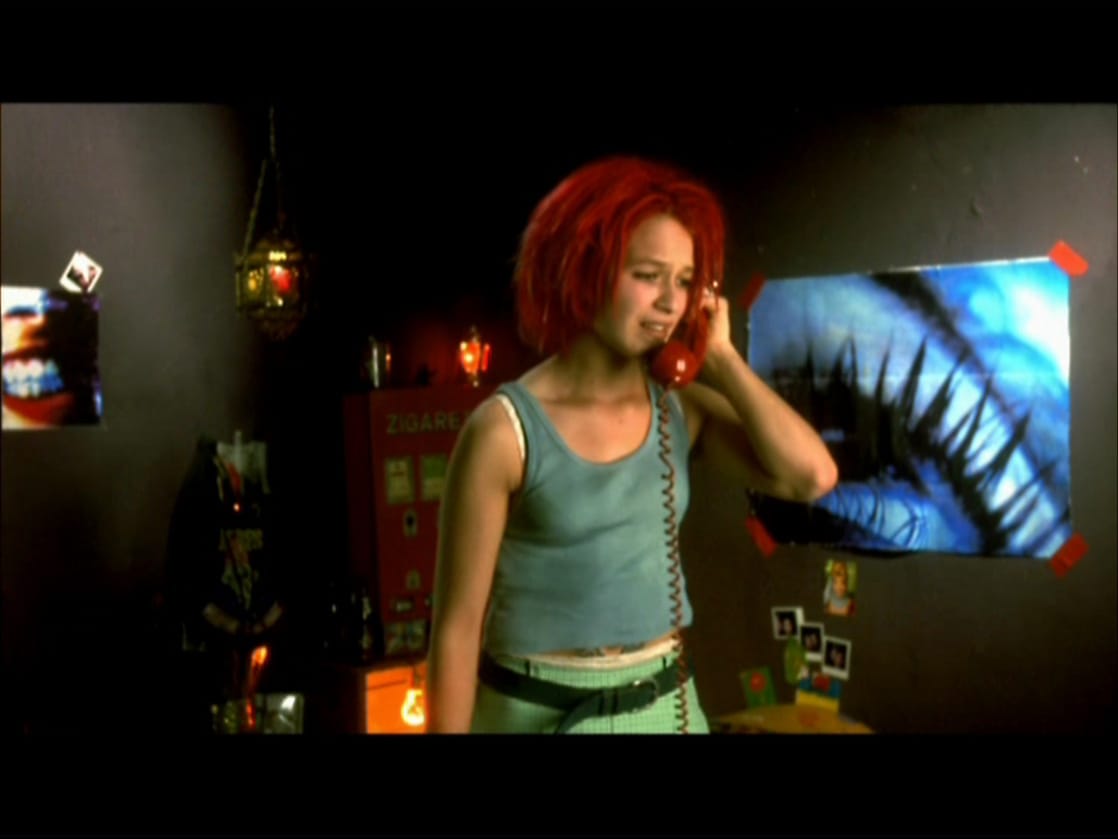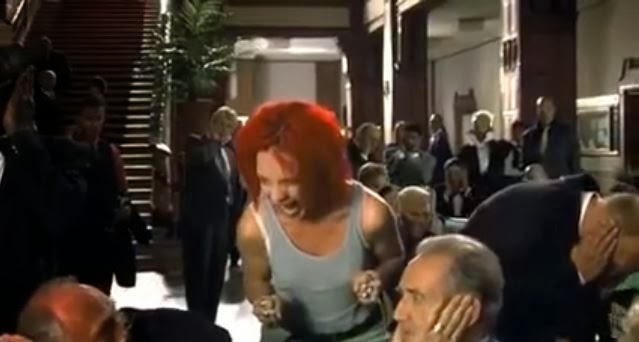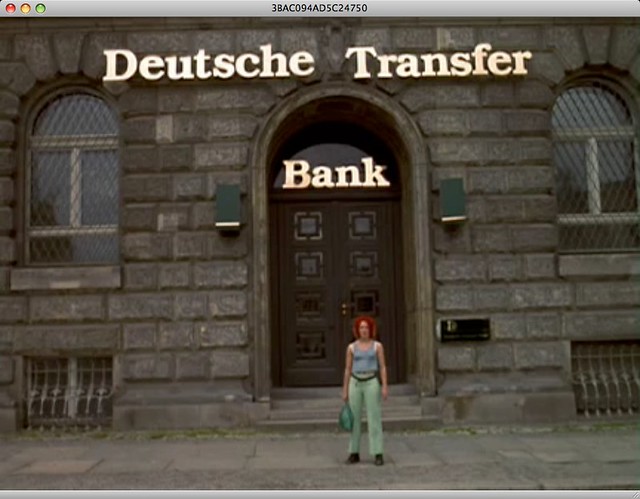The first cult film that we were exposed to this semester was the film “Maniac” directed by Dwain Esper. This work was written by Esper’s wife, Hildegard. I found this film to be quite entertaining, but one of the most interesting aspects of this film for me was the many “educational” interjections of white titles rolling on a black background that gave laughable information following mind boggling scenes.

As I scrambled to make sense of what I had just seen, I was then confronted with words such as “combat fear by replacing it with faith”, as I had just seen one bad actor shoot his louder counterpart. When you couple these aspects with the scenes where the cat was obviously thrown into the frame, the absence of a narrative within this film just seems right. Of course, I will always long for the tying of the loose ends, I have come to terms with this cult movie, and have gained a better understanding as to why it was created.

Dwain Esper, and many directors of this time, were only in this business to make money. Now I see nothing wrong with that because if it weren’t for shoe-string budgets, and money hungry directors, we would not have seen films like this. As Robert G. Weiner wrote, Esper did not care about the artfulness of his cinema, he was simply trying to milk profits from cheaply made films. Weiner also points out that Esper and many of his peers did not submit their movies to the motion picture board for approval. It was his disdain for the movie codes, and his drive to make money that left his mark on the cult Cinema world that we are studying this day.

I agree with Emma’s answer the question that was raised on Monday during the discussions of the readings. The question was along the lines of “do you think exploitation films would still have been made if it weren’t for directors like Esper?” We know that the major catalyst for the exploitation era was the Paramount decision, but even if that hadn’t have happened, men like Esper would still be directing, and showing their movies wherever they could. The Salesman of the world would stumble upon the film industry and use their talents to push through cost-effective media that was accepted by the public for lack of better things to do.

The documentary we watched on Wednesday titled “American Grindhouse”, reinforced a lot of things that I learned from the intro to film class that I took last year. Once I learned about what exploitations films were, I realized that I really like them. Its not necessarily always about what is on the screen though, but about what occurred to get the films to the year 2020. The amount of peddling and persistence that went on just to get a film into a “Grindhouse” has always impressed me.
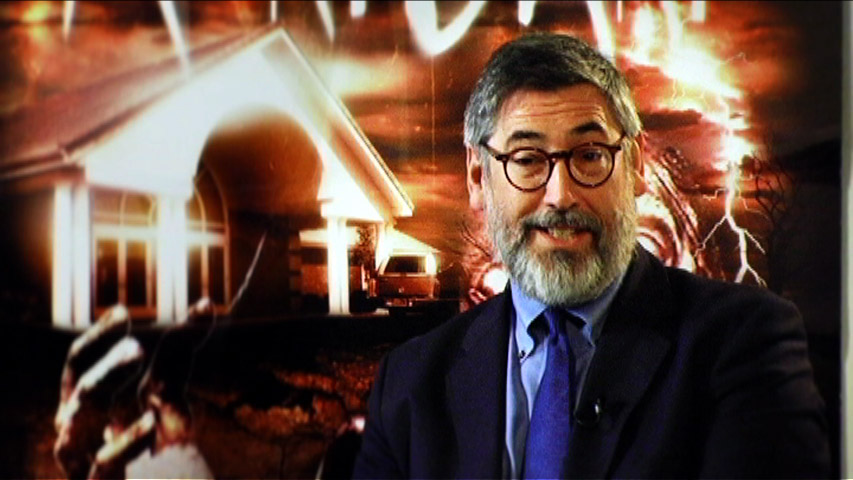
Hearing John Landis talk about films is always funny, because he takes a no BS stance, and obviously knows his stuff as he directed “Animal House,” which is a movie that will no doubt live on forever. The only part of the exploitation era that always brings me down are the darker sides to these films. The genre “Roughies” was created because as George Muller said, “They couldn’t show sex, so they showed violence.” This just goes to show that no matter what, if there is money to be had, the films will be made, and later generations will study the masterpieces that result.

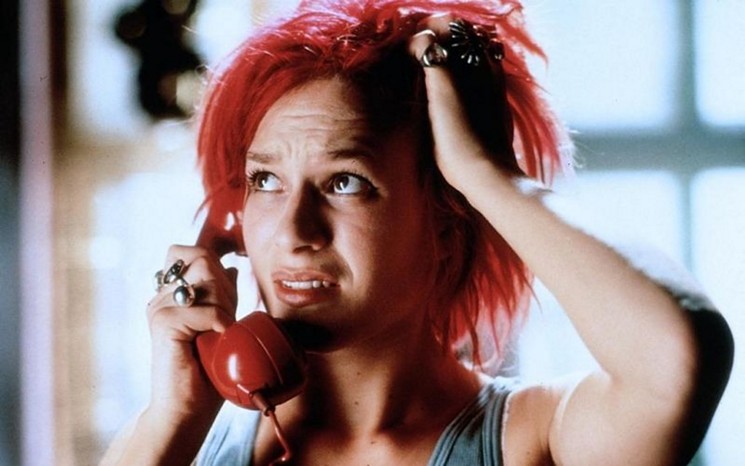


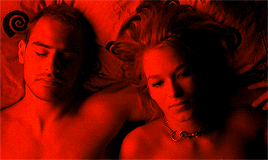
 remembered Lola’s appearances in the previous two. There are other themes that are more obvious throughout the film; love, as seen through Lola and Manni’s relationship, and the kinds of things that love will lead people to do, also seen in the relationship with Lola’s Father and his mistress. Also, a big one, time. Time is the most obvious theme in the film, as there are many flashing images of clocks and watches, and the film being split up into four 20-minute sections.
remembered Lola’s appearances in the previous two. There are other themes that are more obvious throughout the film; love, as seen through Lola and Manni’s relationship, and the kinds of things that love will lead people to do, also seen in the relationship with Lola’s Father and his mistress. Also, a big one, time. Time is the most obvious theme in the film, as there are many flashing images of clocks and watches, and the film being split up into four 20-minute sections. 


